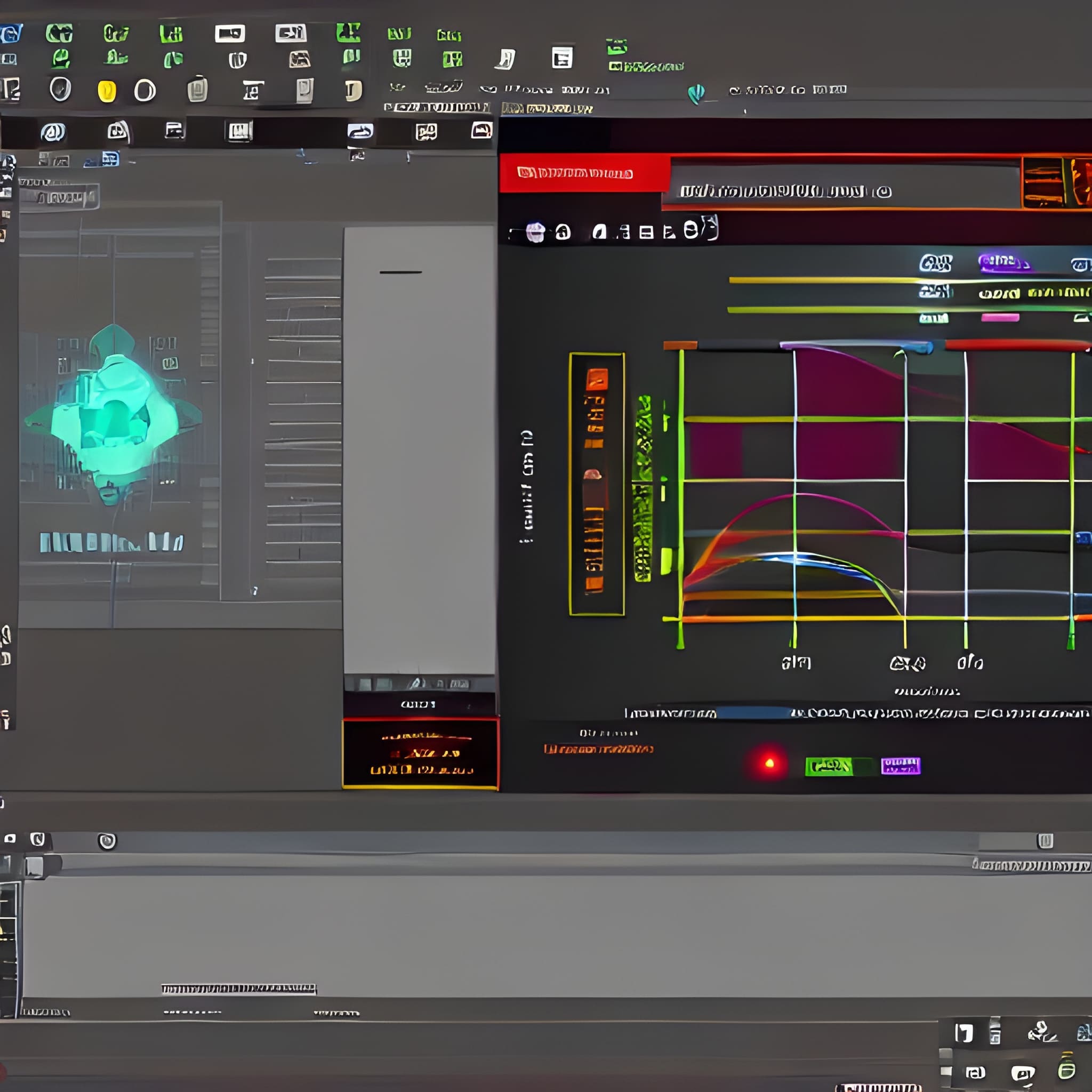In the dynamic world of gaming, the pursuit of realism has been a constant challenge for developers. As players increasingly demand immersive and lifelike experiences, game developers are turning to Artificial Intelligence (AI) to elevate the level of visual sophistication. One significant area where AI is making a profound impact is in the generation of realistic and context-aware animations for characters and objects. This article explores how AI is reshaping the gaming landscape by enhancing the overall visual experience through advanced animation techniques.

AI-Powered Animation Generation:
Traditionally, game animations were crafted meticulously by animators who relied on predefined sequences and motions. However, AI has introduced a paradigm shift by allowing for more adaptive and responsive animations that take into account the context of the game environment. This is achieved through the implementation of machine learning algorithms and neural networks.
- Machine Learning Algorithms:
- Machine learning algorithms, particularly those in the realm of supervised learning, are employed to analyze vast datasets of real-world movements. These algorithms learn patterns, nuances, and variations in human motion, enabling them to replicate these movements in a virtual setting. As a result, characters in games exhibit more natural and fluid animations that are contextually relevant.
- Neural Networks for Motion Prediction:
- Neural networks, specifically recurrent neural networks (RNNs) and long short-term memory networks (LSTMs), play a crucial role in predicting future movements based on current and past actions. This predictive capability allows characters in games to anticipate and react to changes in their environment, creating a more authentic and immersive gaming experience.
Context-Aware Animations:
AI-driven animation generation goes beyond mere realism; it incorporates context-awareness to adapt animations dynamically based on the unfolding game scenarios.
- Environment Interaction:
- AI algorithms analyze the virtual environment in real-time, allowing characters to interact seamlessly with the surroundings. Whether it’s navigating obstacles, climbing structures, or responding to changes in terrain, context-aware animations make characters more responsive and adaptable.
- Emotional Expression:
- AI models are developed to recognize and interpret emotional cues within the game narrative. This emotional intelligence is then translated into character animations, allowing for a more nuanced and expressive portrayal of emotions. Characters can now convey joy, sadness, fear, and other sentiments realistically, enhancing the player’s emotional connection to the virtual world.
- Adaptive Combat Animations:
- In combat scenarios, AI analyzes the dynamics of the battle, predicting enemy movements and adjusting character animations accordingly. This results in more strategic and lifelike combat sequences, where characters respond intelligently to the changing dynamics of the fight.
Improving the Overall Visual Experience:
The integration of AI into animation generation brings several tangible benefits that contribute to an enriched visual experience for gamers.
- Reduced Repetition:
- Traditional animations often suffer from a sense of repetition, where the same sequences are played repeatedly. AI-driven animations break this monotony by introducing variability and adaptability, ensuring that characters respond uniquely to different situations.
- Increased Immersion:
- Context-aware animations foster a greater sense of immersion by aligning character movements with the narrative and the virtual environment. Players feel more connected to the game world as they witness characters behaving realistically in response to changing circumstances.
- Dynamic Storytelling:
- AI-generated animations enhance the storytelling aspect of games by enabling characters to convey their narratives through body language and facial expressions. This dynamic storytelling adds depth and richness to the overall gaming experience.
Conclusion:
The marriage of AI and animation generation is transforming the gaming industry, pushing the boundaries of what is possible in terms of realism and immersion. As developers continue to refine and expand these AI-driven techniques, we can anticipate even more lifelike characters, contextually aware animations, and ultimately, a gaming experience that transcends the limitations of traditional animation methods. The future of gaming is undoubtedly being shaped by the intelligent and adaptive capabilities of AI, promising a new era of visually stunning and emotionally engaging virtual worlds.









